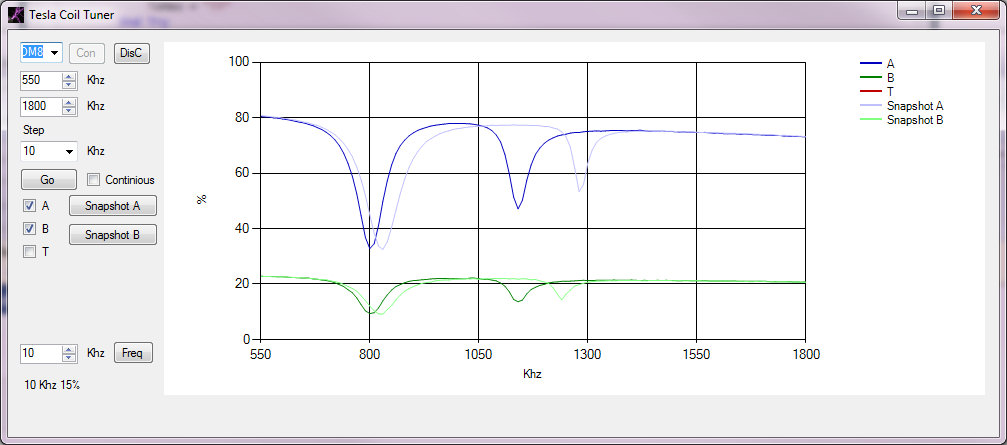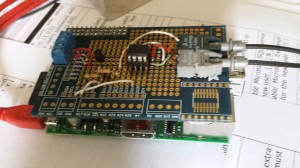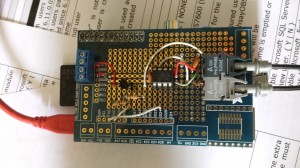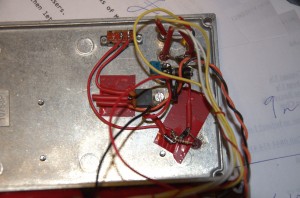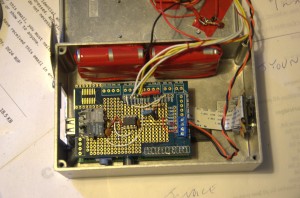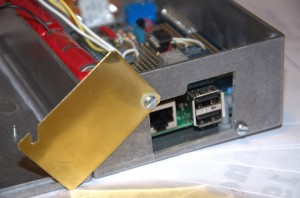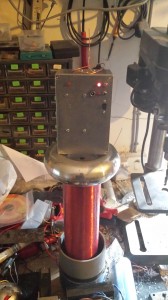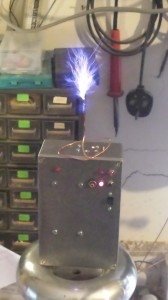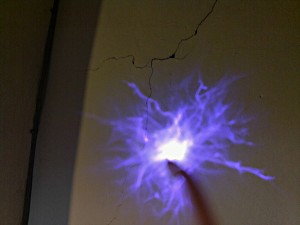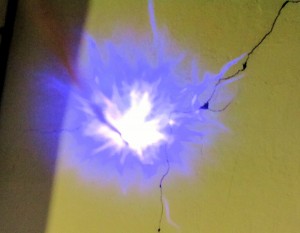EE are actively looking for venues for teslathons in (Ideally, but not restricted to) the East Midlands for this or next year.
Places to hold our events are getting few and far between, mostly because of our “special” requirements.
What is a teslathon : A tesalthon is a meeting of tesla coil enthusiasts. Our tesla coils vary in size from tabletop to 3M tall and are all built by amateurs.
I have been running teslathons for 23 years all over the UK and have Risk assessments and method statements to cover the H&S aspects to our hobby.
So what do we need?
The Must have’s
A room with tables a minimum of 11M x 8M in size, on the ground floor that can be blacked out and a ceiling height of ideally more than 4M. Bigger of course is better. We usually have 20 or so coilers and 30-60 visitors to the events.
Plenty of 13A sockets (for our bigger events, a 32A Commando or accessible cooker socket would be needed, or an electrician on site to give support.)
Some method of providing a separate electrical earth. 10 or more tables.
Tea and coffee making facilities or a cafe is vital 🙂
Other needs (can generally be worked around)
The room needs a minimum (ideally none) of Burglar alarm, Fire alarm or network cables. Electronic lighting can be OK, but they must be high the ceiling. Fire sensors are generally OK, but they must not be of the ionisation type.
Ideal Venues are usually industrial museums or metal skinned warehouses/barns as these have a minimum of electronic equipment. We would like to work with the venues own insurance if possible, but we can provide our own if needed.
I also arrange workshops and talks with lesser requirements, so most venues can be used for something.
We can work in two ways, either a daily rental for the hall, paid by us,or we can work as a ticketed event to raise funds or awareness for a museum, venue or charity.
Before any booking, I would need to assess the venue for safety and suitability.
Have a suitable venue? (Or would like a talk at your venue) contact me tesla@extremeeectronics.co.uk
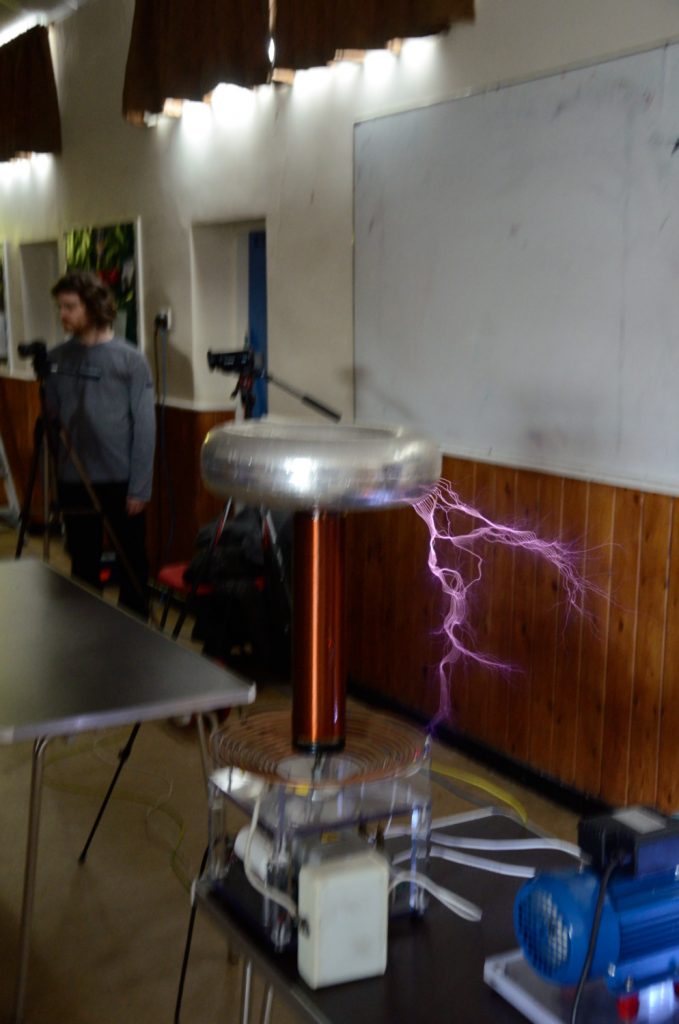
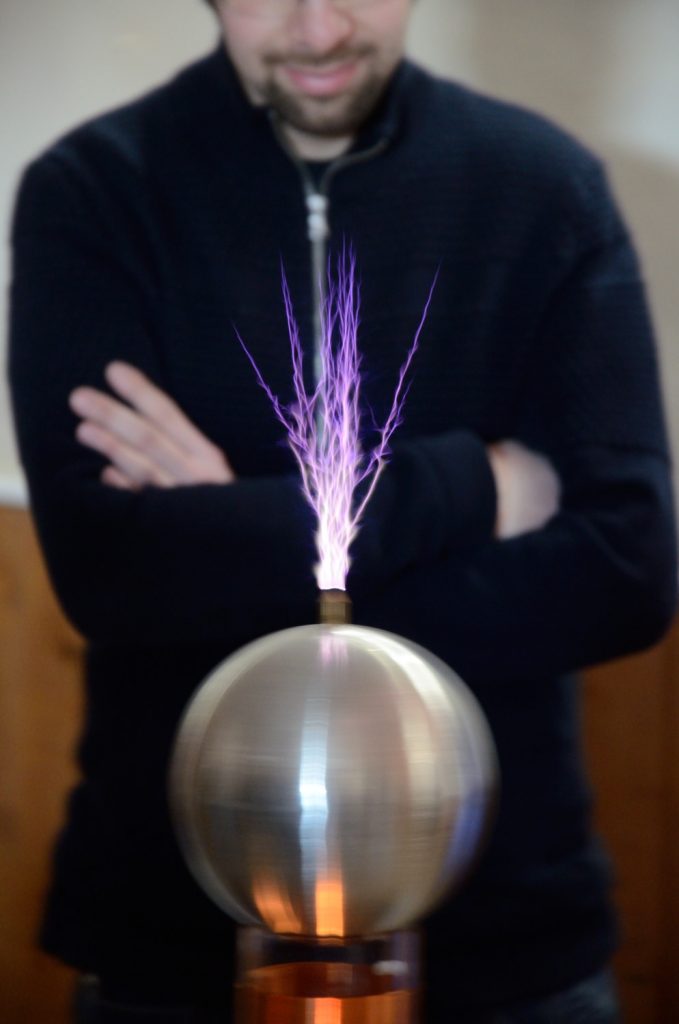
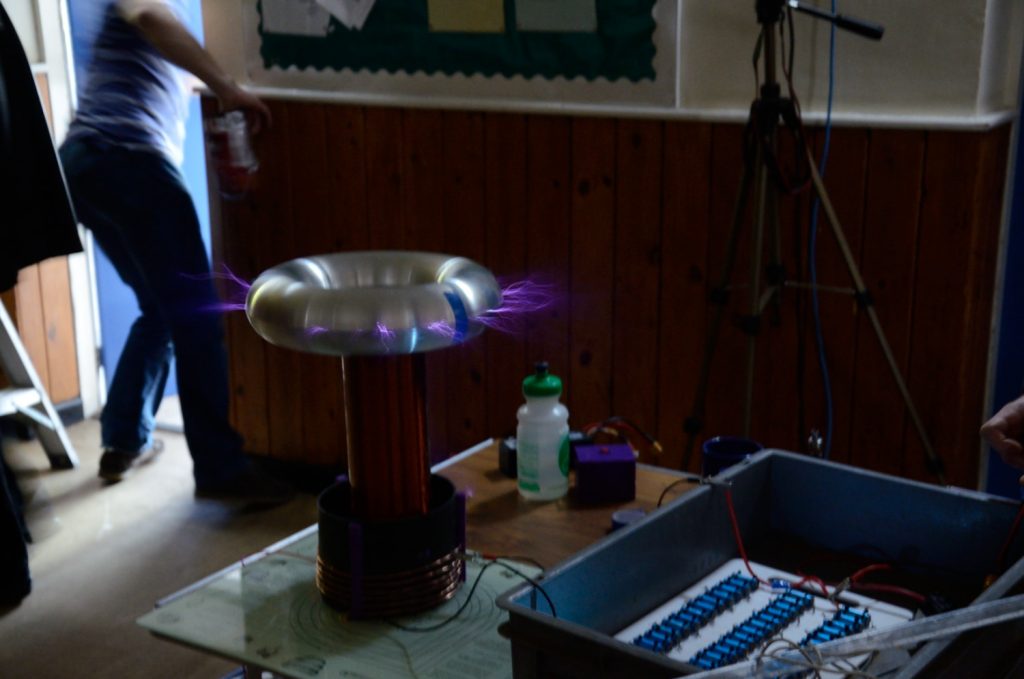
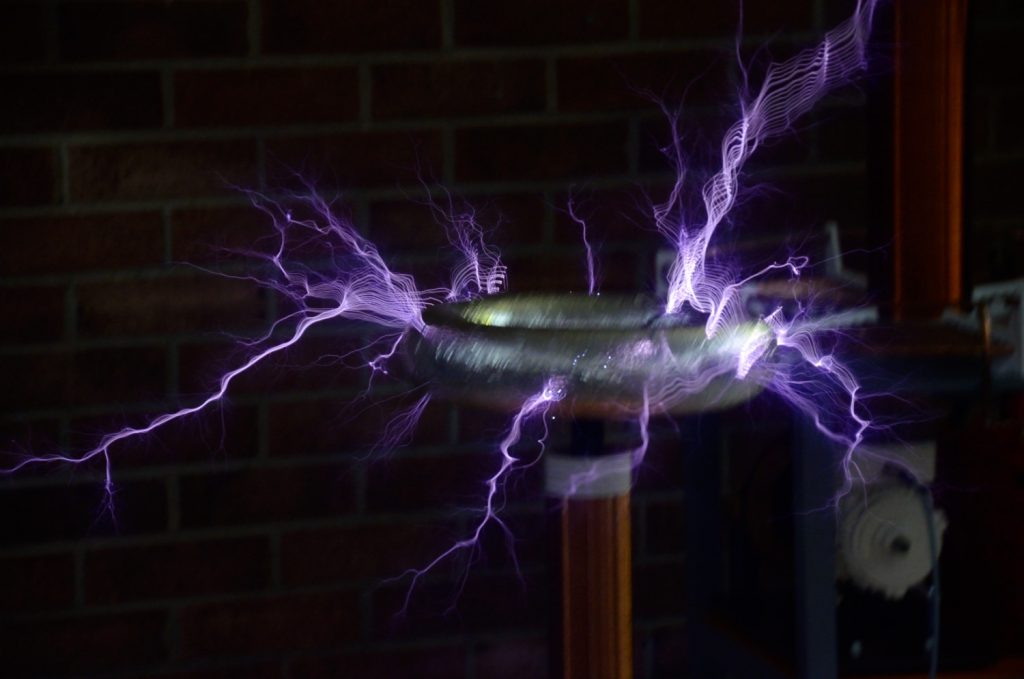
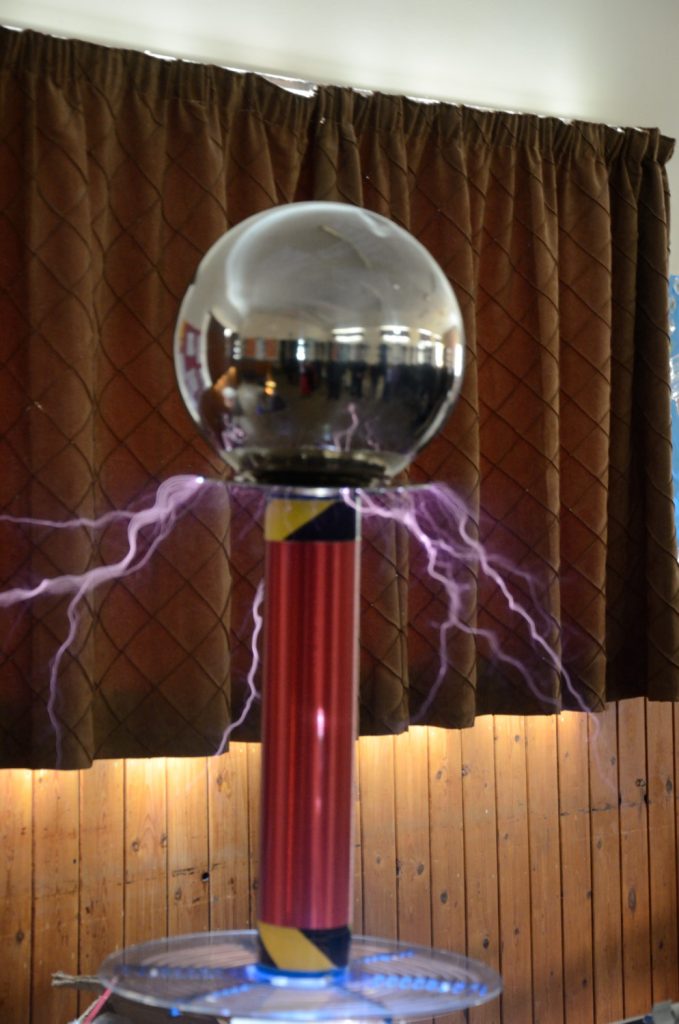
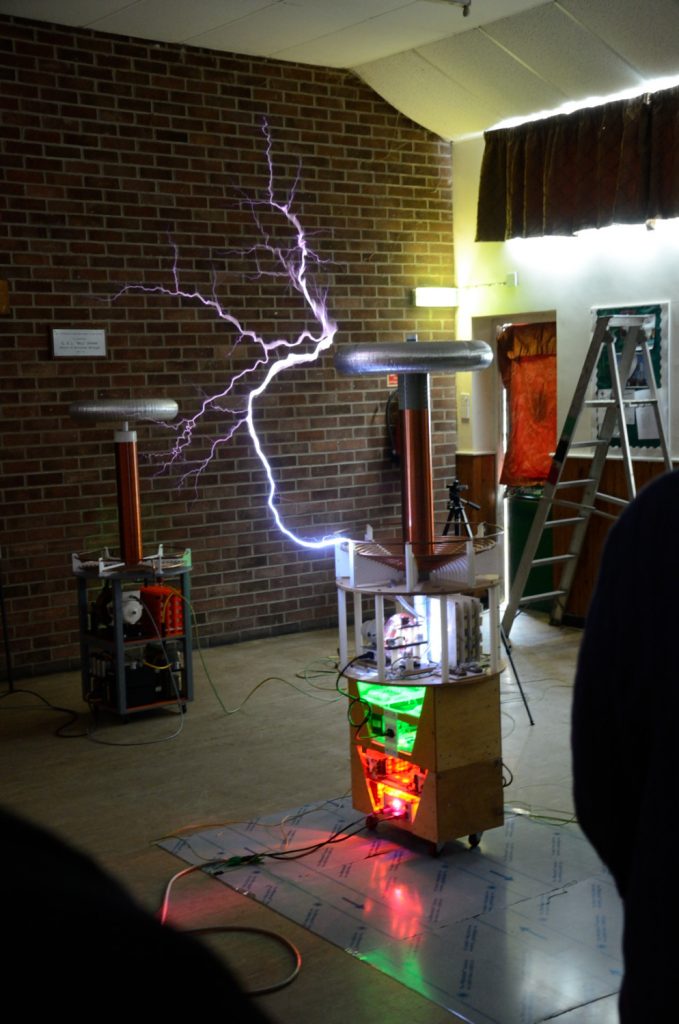
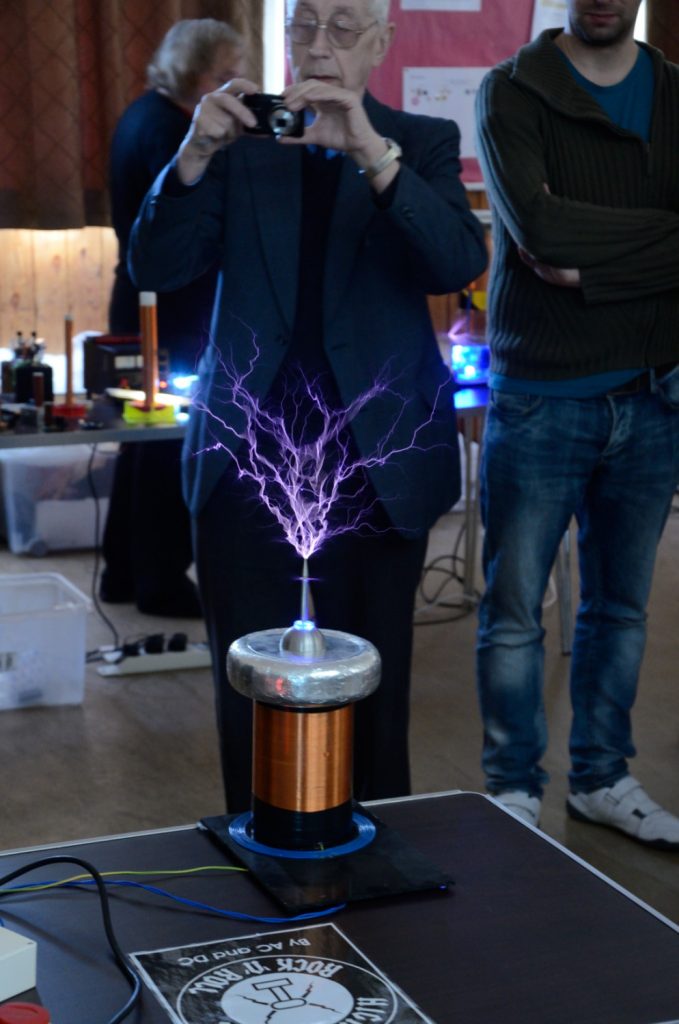
Details of past events are here http://www.extremeelectronics.co.uk/nottingham-gaussfest/ and http://www.extremeelectronics.co.uk/cambridge-teslathon/

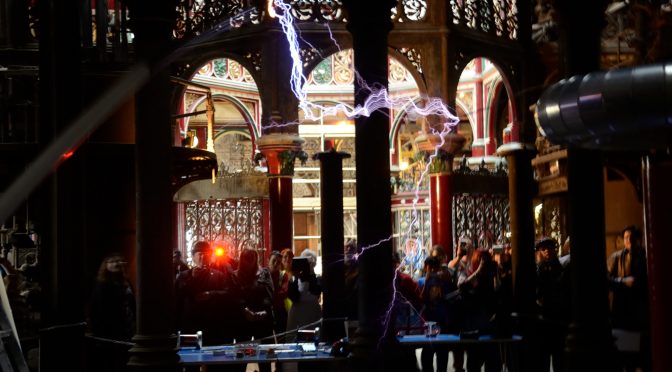
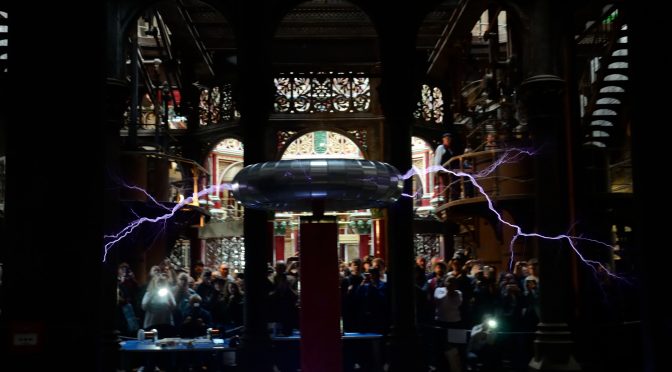
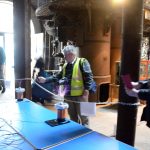
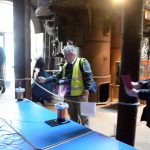
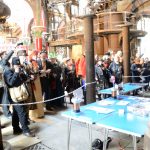
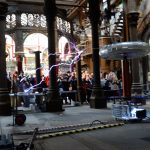
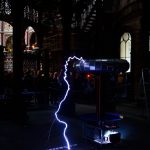
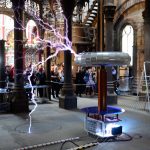

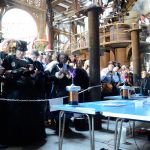
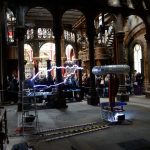
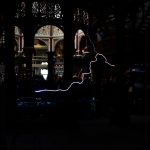
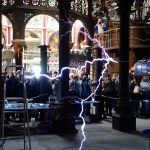
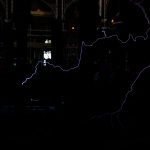

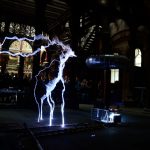
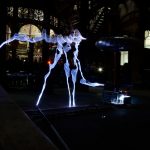

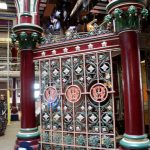




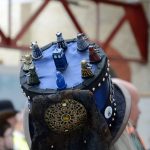
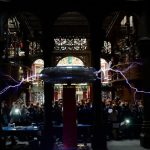
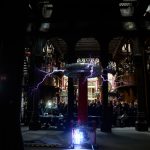
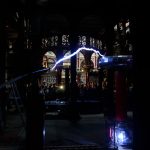
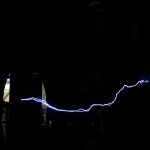
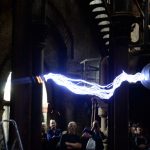




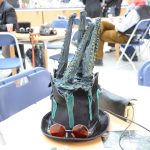
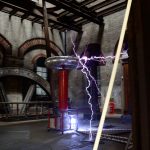
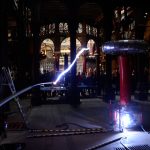
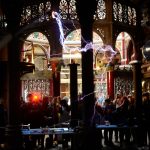
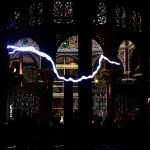
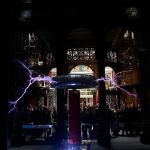
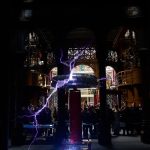
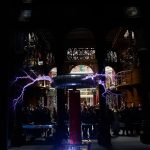
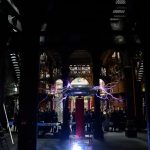
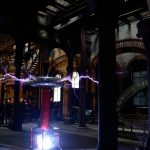
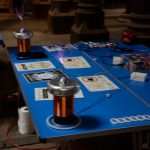
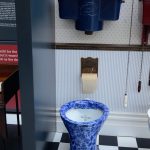






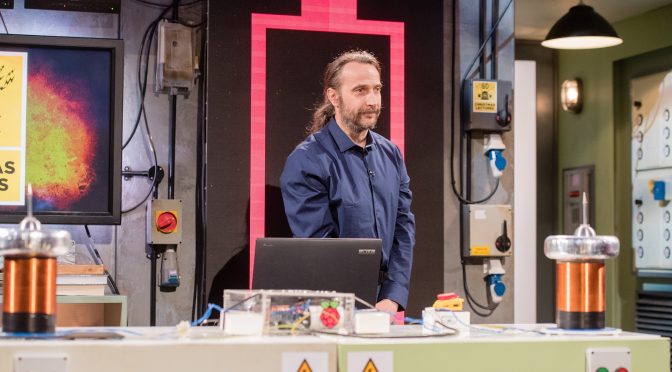


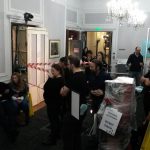

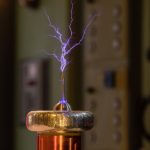
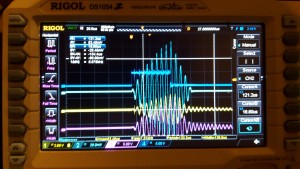

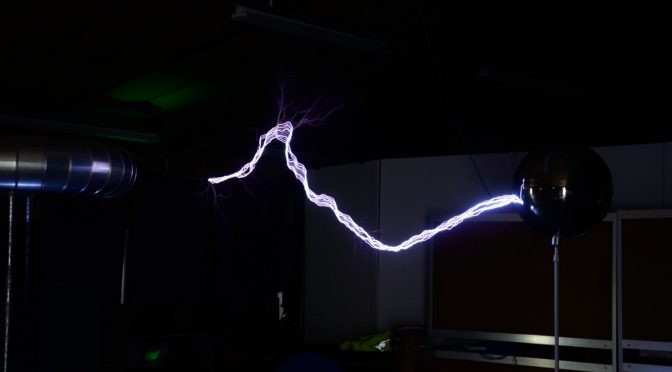

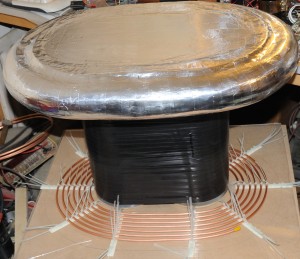

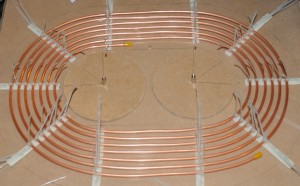

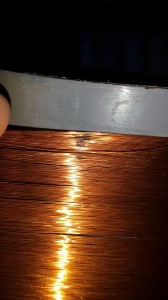
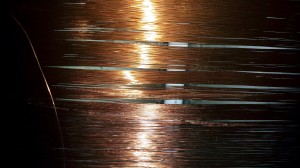
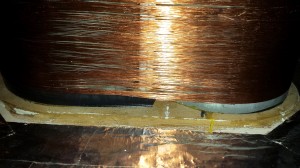
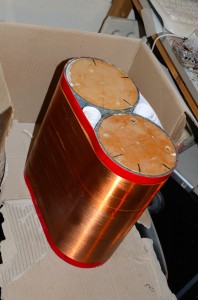
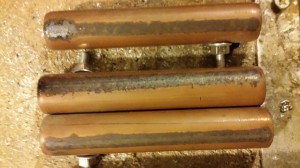
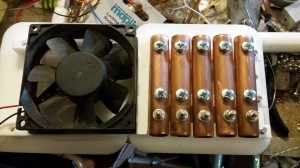
 So I needed to get a better Tesla coil Tuner. I have been using this NE555 pinger for 10+ years.
So I needed to get a better Tesla coil Tuner. I have been using this NE555 pinger for 10+ years. to the Primary Coil with current measuring.
to the Primary Coil with current measuring.
